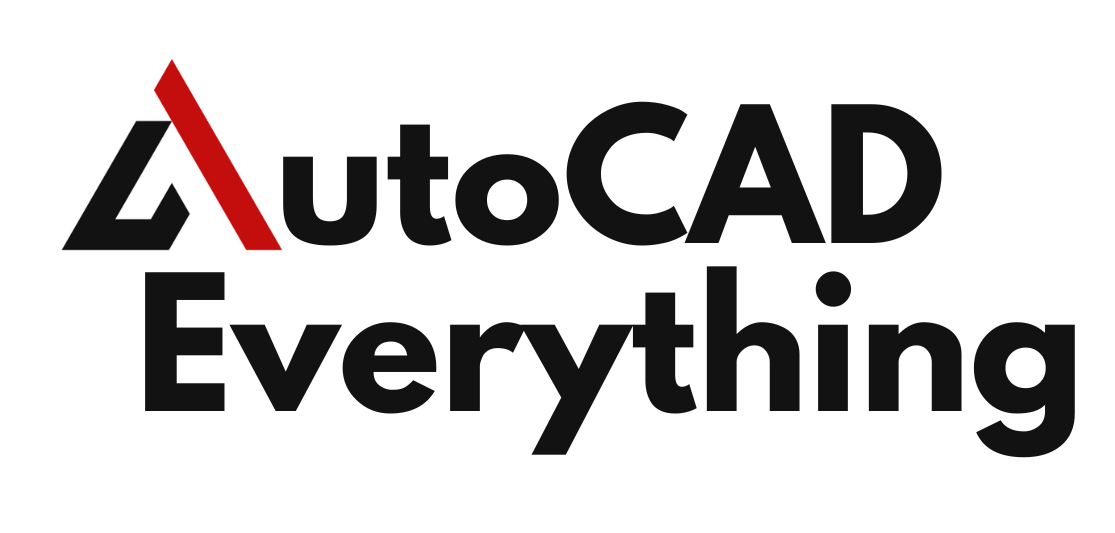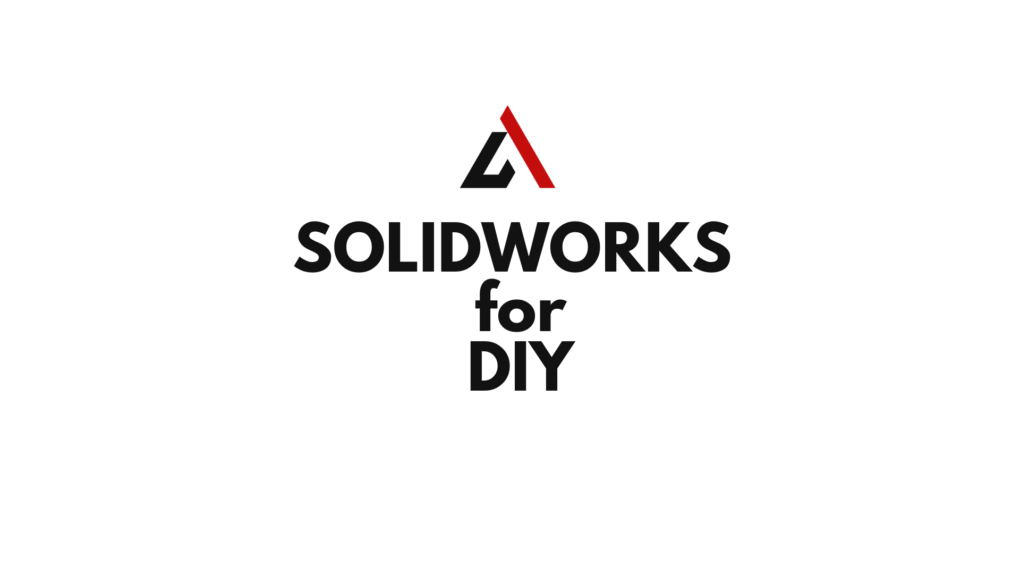For the passionate DIY enthusiast, the journey from a brilliant idea to a finished project is a rewarding one. It often begins with a rough sketch on a napkin or a hand-drawn diagram, a process that relies heavily on intuition and estimation. But what if you could move beyond the guesswork? What if you could design with absolute precision, visualize your creation in 3D before a single cut is made, and even simulate its performance before you build it? This is where SOLIDWORKS, the world-renowned professional CAD software, becomes an indispensable tool for the modern maker.
This comprehensive guide will demystify SOLIDWORKS for DIY enthusiast. We’ll explore why it’s the perfect tool for your projects, walk you through the essential skills you need to get started, delve into advanced features that can take your creations to the next level, and provide a practical roadmap for integrating it into your making process.
Table of Contents
Why SOLIDWORKS is the DIYer’s Best Friend
Using a professional CAD tool might seem like overkill for a personal project, but the benefits are tangible and quickly become essential.
- Precision and Accuracy: A hand-drawn sketch is a good start, but it’s not a blueprint. SOLIDWORKS allows you to design with exact, measurable dimensions. This ensures that when you go to build your project, every component fits together perfectly, eliminating the frustration of ill-fitting parts and wasted material.

- Realistic Visualization: Before you spend any money on materials, you can see your project in a photorealistic 3D environment. You can rotate it, change its color, and even assemble it with other components to ensure the design looks and functions exactly as you envisioned.
- Testing and Simulation: Want to know if that shelf bracket will hold the weight of your books? SOLIDWORKS has built-in simulation tools that allow you to apply virtual loads and see where a part might bend or fail. This prevents costly and dangerous design flaws before they ever leave the screen.
- Professional Documentation: Whether you’re fabricating the parts yourself or sending them to a local machine shop, a professional drawing with dimensions, tolerances, and notes is crucial. SOLIDWORKS can automatically generate these 2D drawings from your 3D models with just a few clicks.
- Seamless Integration with Manufacturing: The digital design files you create in SOLIDWORKS are the universal language of modern manufacturing. You can easily export files for a wide range of fabrication methods, including:
- 3D Printing: Export an STL file and send it directly to your 3D printer.
- Laser Cutting/CNC Routing: Export a DXF file for precision cutting of sheet material like wood, acrylic, or metal.
- CNC Machining: Create a precise model that can be used to generate G-code for a milling machine.
Getting Started: The Essential Skills for a DIYer
You don’t need to learn every feature of SOLIDWORKS to get started. The core workflow for most DIY projects is built on a few fundamental concepts.
The User Interface
When you first open SOLIDWORKS, the interface might seem overwhelming, but it’s built on a logical structure.
- FeatureManager Design Tree: This is the history of your part. Every sketch and feature you create is listed here in the order it was made. You can go back and edit any of these at any time.
- Graphics Area: This is where you see your 3D model. You can rotate, pan, and zoom to view it from any angle.
- CommandManager: This is the main toolbar at the top of the screen. It organizes all the features and commands into logical tabs like “Features,” “Sketch,” and “Sheet Metal.”
The Core Workflow: From Sketch to Part
Creating a part in SOLIDWORKS follows a consistent, two-step process.
- Sketching: You start by creating a 2D sketch on a plane. This is like drawing the profile of your part on a flat sheet of paper.
- Use the Sketch tab in the CommandManager to select a plane and start a sketch.
- Use tools like Line, Circle, and Rectangle to draw your shape.
- Dimensions and Relations: This is the most important part. Use the Smart Dimension tool to define the exact size of your sketch. Use relations (like “Horizontal,” “Vertical,” or “Coincident”) to lock in the geometry. A fully defined sketch will be completely black, indicating it’s ready to be turned into a 3D part.
- Extruding: Once your sketch is complete, you turn it into a 3D object using a feature.
- Go to the Features tab in the CommandManager.
- Select Extruded Boss/Base. This will take your 2D sketch and give it thickness. You can define the depth, and choose a direction.
- Other key features include Extruded Cut to remove material (like drilling a hole) and Revolved Boss/Base to create a cylindrical or conical shape by rotating a profile around an axis.
- Refining the Design: With the basic shape created, you can add final details.
- Use the Fillet and Chamfer tools to round or bevel sharp edges.
- Use the Hole Wizard to create precise holes for screws, bolts, or dowels.
Assembly and Mates
For projects with multiple parts, you bring them all together in an assembly.
- Insert Components: You start a new assembly file and insert the parts you’ve created.
- Mates: This is how you define the relationships between parts. A mate is a constraint that tells the parts how they should move or align with each other. Common mates include:
- Coincident: Puts two faces or edges in the same plane.
- Concentric: Centers a cylindrical face to a hole.
- Parallel: Makes two faces parallel to each other.
Beyond the Basics: Advanced DIY Applications
As you become more comfortable, you can tap into some of the more advanced features of SOLIDWORKS, which are perfectly suited for unique DIY projects.
- Configurations: Imagine a family of parts, like a set of custom brackets of different sizes. Instead of creating a separate file for each one, you can use configurations to store all of them in a single file. This is great for managing variations and keeping your project folder clean.
- Sheet Metal: If you’re working with thin materials that will be bent, like metal or plastic, the Sheet Metal tools are a game-changer. They allow you to design the 3D part, and with a single click, generate a flattened, 2D pattern that you can send to a laser cutter or print out as a template.
- Weldments: For projects built from structural profiles like square tubing, angles, or I-beams (think of a workbench or a bike rack), the Weldments feature automates the process. You can sketch a 3D frame, and SOLIDWORKS will automatically insert the correct profiles, miter the corners, and even generate a cut list for you.
- SOLIDWORKS Visualize and Rendering: Before you spend time and money on a final prototype, you can create stunning, photorealistic images of your design. The built-in rendering tools or the dedicated
- SOLIDWORKS Visualize application can make your digital model look like it was professionally photographed, allowing you to fine-tune the aesthetics of your project.
A Practical Project: Designing a Custom Shelf Bracket
Let’s walk through a simple, yet practical, example to see how the process works.
- Phase 1: Concept and Sketch: You want to create a heavy-duty shelf bracket that fits your personal style. You start a new part, select the Front Plane, and start a sketch. You draw a rough “L” shape with some lines for a gusset. You use the Smart Dimension tool to define the exact length and height, and add a thickness dimension.
- Phase 2: Modeling the Part: You exit the sketch and use the Extruded Boss/Base feature to give the bracket a thickness of 1/4 inch. You then use the Hole Wizard to add two mounting holes on the vertical side and two on the horizontal side, specifying the correct screw size. You use the Fillet tool to round some of the sharp internal and external corners for strength and aesthetics.
- Phase 3: Creating a Drawing: Now you’re ready to make a drawing for fabrication. You go to File > Make Drawing from Part. SOLIDWORKS automatically pulls in the 3D model and allows you to place views (front, top, side, and isometric). You add dimensions and a material note. The drawing is now a perfect blueprint for a local metal fabricator to create the part.
- Phase 4: Preparing for Fabrication: You’ve decided to 3D print a prototype before committing to metal. You go to File > Save As and select the STL (.stl) file type. You can then import this file into your 3D printer’s slicing software and print a functional prototype.
The DIYer’s Toolkit: How to Access and Learn SOLIDWORKS
The perception that SOLIDWORKS is out of reach for a hobbyist is a thing of the past. There are now several affordable ways to get your hands on the software.
- SOLIDWORKS for Makers: A relatively recent offering, this is a highly affordable subscription designed specifically for non-commercial use. It gives you access to a full suite of SOLIDWORKS tools and is the perfect entry point for any serious DIY enthusiast.
- SOLIDWORKS Student Access: If you or a family member is a student, you may be eligible for a heavily discounted or free student license through an academic institution.
- Community and Learning Resources: The SOLIDWORKS community is massive and incredibly supportive. You don’t need to enroll in a formal class to learn.
- Online Tutorials: There are countless tutorials on platforms and forums, covering everything from the basics to advanced features.
- User Groups: Join a local SOLIDWORKS User Group to meet other designers and get tips and tricks.
- Official Documentation: The SOLIDWORKS Help documentation is a great resource, with detailed explanations and examples for every feature.
Conclusion
The era of the digital maker is here, and SOLIDWORKS is the engine that drives it. By providing unparalleled precision, visualization, and a seamless bridge to modern manufacturing, it elevates the art of making from a hobby to a professional craft. It empowers you to not just dream up a new project, but to meticulously design, test, and perfect it before you even touch a single piece of material.
For the DIYer who is ready to take their projects to the next level, SOLIDWORKS is an investment in skill and a catalyst for creativity. It’s the tool that transforms your rough sketch into a flawless digital blueprint, giving you the confidence to build anything you can imagine. Sources

